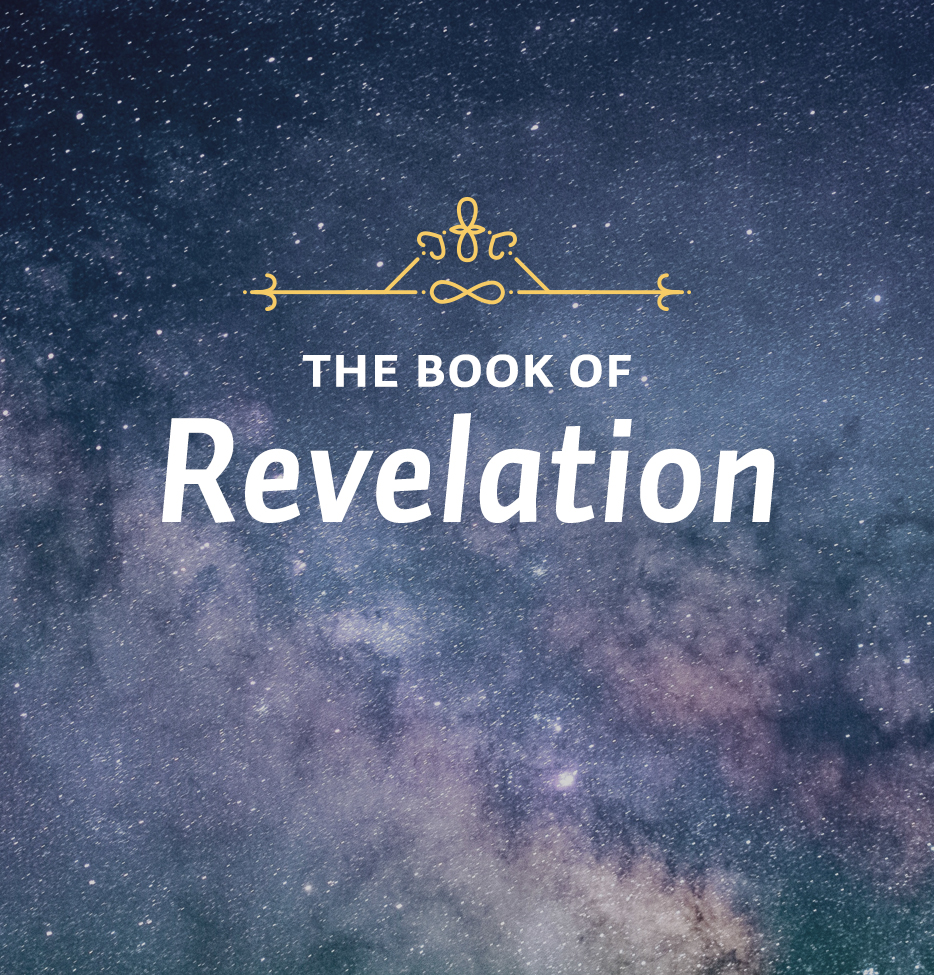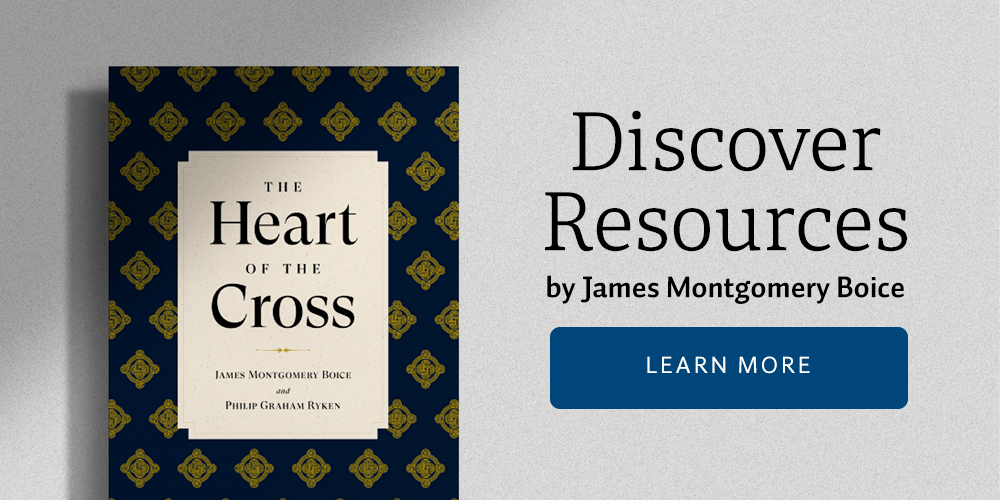The Four Horsemen of the ApocalypseRevelation 6:1-8Theme: The Lord of history.This week’s lessons teach us that God is sovereign over even the most terrible of tragedies.
LessonNow we need to look at each of these horses and what they signify. When the Lord Jesus breaks the first of the seals and the four living creatures cry, “Come,” a white horse appears in heaven. We read that in verse 2: “I looked, and there before me was a white horse! Its rider held a bow, and he was given a crown, and he rode out as a conqueror bent on conquest.” Who is this rider?
There are three general views about this white horse. One is that the horse and his rider represent Christ and the extension of the gospel throughout the world. The rider goes out to conquer with the gospel. The second view is that the rider represents antichrist, or, at least, false teaching or false prophecy. And the third view is that the rider represents the spirit of conquest, or, as we might say, military figures or the tyrants that have caused trouble in the earth.
The majority of the commentators see the rider as Jesus Christ and the gospel of Christ being preached and winning converts in the earth. George Eldon Ladd is one. He says that the rider is not Christ himself, but he symbolizes the proclamation of the gospel of Christ in the world. William Hendricksen is another. He argues that the rider actually is Jesus Christ, and he supports his view by a number of arguments. Let me explain why Hendricksen thinks this. First of all he says the view is in harmony with the context. What he means by that is, that in chapters 2 and 3, Jesus is pictured standing in the midst of his churches, and he says wherever the Lord Jesus Christ is present and the gospel is proclaimed, the devil gets busy.
Secondly, he thinks this view is in harmony with a careful word study. The horse is white, and white is generally associated with purity and with heaven. Therefore, says Hendricksen, the rider can’t be the devil or the antichrist. The rider receives a crown; so does Jesus in Revelation 14:14. In the Book of Revelation, the words “to conquer” used here are most often used of Christ or believers, though there are a few exceptions.
Henricksen’s third reason is this: This interpretation is demanded by the parallel passage in the Book of Revelation itself. In Revelation 19:11, you have a figure on a white horse who is clearly Jesus Christ because he carries the name “King of kings and Lord of lords.” It is natural, in some people’s thinking, to see the same figure here. The idea that the conqueror upon the white horse is the Christ is in harmony with the very purpose of Revelation. Now this is Hendricksen’s main argument. What he finds as a pattern throughout these central chapters of Revelation is this: first, the gospel is proclaimed. When the gospel is proclaimed there is persecution. Persecution results in death. Believers are martyred, and then God intervenes to recognize and to validate the testimony of his people while the wicked are judged.
According to Hendrickson, naming the rider on the white horse as Christ is also in line with what’s found in Matthew 10:34. Jesus says there that he has come to bring a sword to the earth. John quotes several Old Testament passages including Psalm 45 and the passage in Zechariah that I mentioned earlier. Now here’s his conclusion: our Lord Jesus Christ is conquering now, for he’s exercising both his spiritual and his universal kingship. By means of the Word – that is, the gospel – and the Spirit, the testimony and the tears of his disciples, his own intercession and their prayers, the trumpets of judgment and the bowls of wrath, our Lord is riding forth victoriously conquering and to conquer.
Some commentators say this view may be right, but there are some reasons for questioning it. There are others who see the rider on the white horse as the antichrist, or at least a representative of false or deceptive teaching. Almost all dispensationalists are in this camp. But it’s not restricted just to dispensationalists. J. Ramsey Michaels says, “The concern over false prophets in chapters 2 and 3 suggests false prophecy as the most likely interpretation. And to the degree that the antichrist figure in the book of Revelation is associated with false prophecy, the first rider is antichrist as well.”
Study Questions
What are the various theories as to what the white horse and its rider signify?
What evidence does Hendrickson present to support his view that the rider is Jesus Christ?
What is the evidence that the rider may actually represent the antichrist or false teaching?
Further StudyRead Revelation 19:11-21 in preparation for tomorrow’s lesson. Write down all the similarities and differences you find between that rider and the rider we discussed today.






